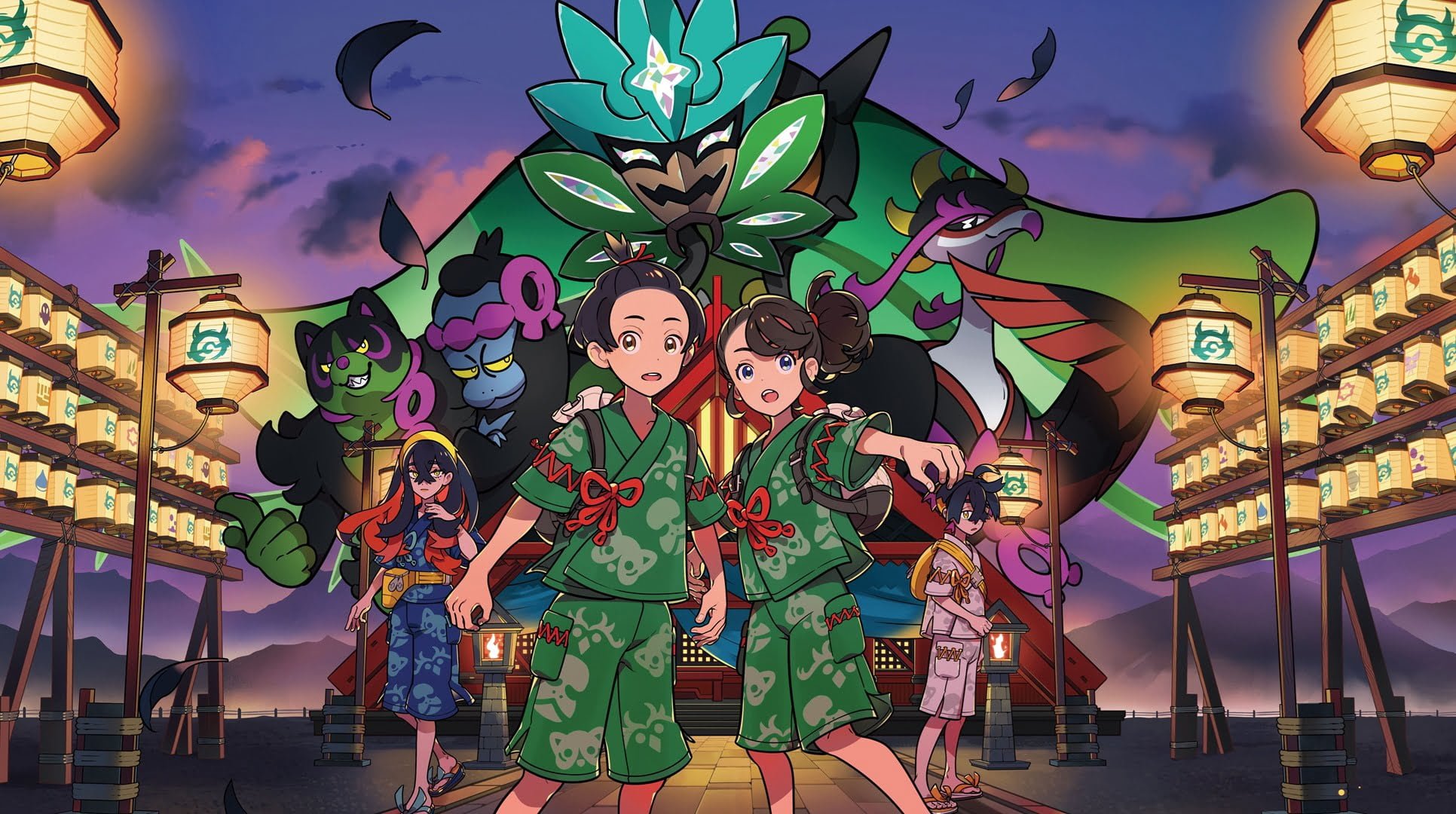Expansive storytelling in Pokemon games is a relatively new addition to the long running series. Beginning in 1998, the series has mainly focused on getting from point A to point B, having an epic gym encounter (boss fight) and perhaps nabbing some rare pokemon and battling some random trainers along the way. As the series evolved, so too did the worlds we journeyed in, from Kanto to Johto to Kalos and Galar and back again. As a coming of age tale about a youth traveling the world with their newly caught pokemon, the narrative worked, however, it rarely deviated from that tried and true formula, narratively or gameplay wise.
Currently in its ninth generation, the Paldea region featured in Pokemon Scarlet/Violet has seen perhaps the most advancement in storytelling and narrative development in years from the mainline Pokemon franchise, with its partner pokemon serving as a true narrative element and a story that goes beyond the team based rivalries to strike at the very core of the game itself (both figuratively and literally). Perhaps that’s why The Teal Mask, even though it’s a more tightly focused, more linear adventure, feels like a bit of a let down.
Your introduction to The Teal Mask is an urgent phone call asking you to report back to the academy (which you can ignore until you’re good and ready). As part of a cultural exchange program, you and several of your academy classmates are off to the exciting Kitakami region. Kitakami is fairly rural and generally sparse, with a few forests and lakes plopped down at various points for good measure. Your main port of call is Mossui Town, where you arrive just in time for The Festival of Masks.

While the story may be a bit on the light side, one of the highlights of the expansion are the characters. While your fellow academy students that accompany you to Kitakami might be about as exciting as a wooden pokeball, the other supporting cast includes standouts such as the brother and sister duo Carmine and Kieran, who hail from rival school Blueberry Academy which promises to be featured more in the forthcoming expansion, The Indigo Disk.
During your stay in Kitakami, you’ll drink in the local lore and embark on a mini cultural appreciation tour, learning the history of the region and its people. There are a plethora of new pokemon to catch, most of which you’ve probably seen before. You’ll also find a variety of new customization options, such as clothing options, hairstyles and emotes. Your Rotom-Phone also gets an upgrade in the form of a selfie stick, giving you the option to snap pics from lots of additional angles.
The real star of the show here is chief antagonist and overall mischief maker Ogrepon, who in true Kitakami style, dons a variety of masks in order to change its type. It’s an interesting mechanic and certainly fits within the regional lore of the game but feels like little more than a novelty.
With a more focused narrative and an emphasis on meeting interesting characters, The Teal Mask does have some high points. It’s just a shame that it gets bogged down in a painfully short narrative and a lack of new or interesting pokemon inhabiting its sparse new region.





